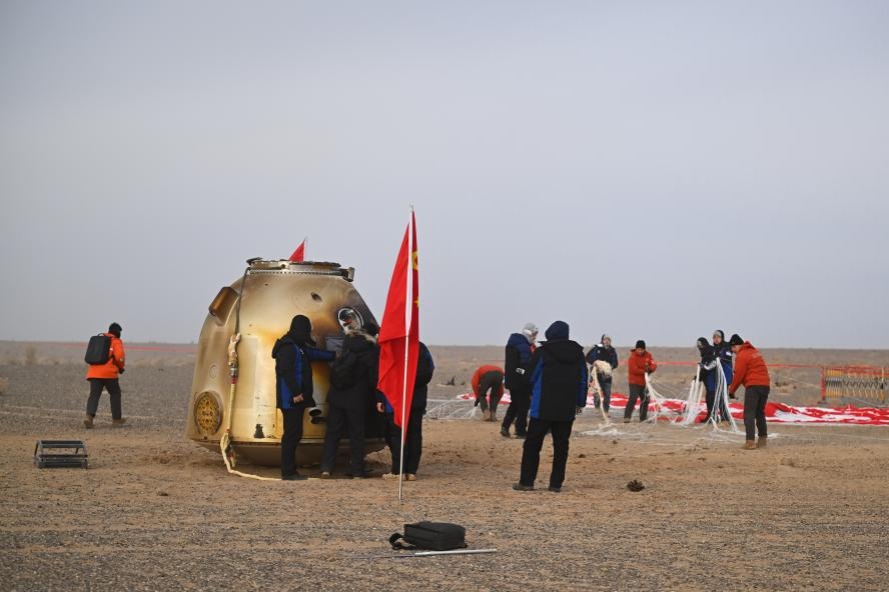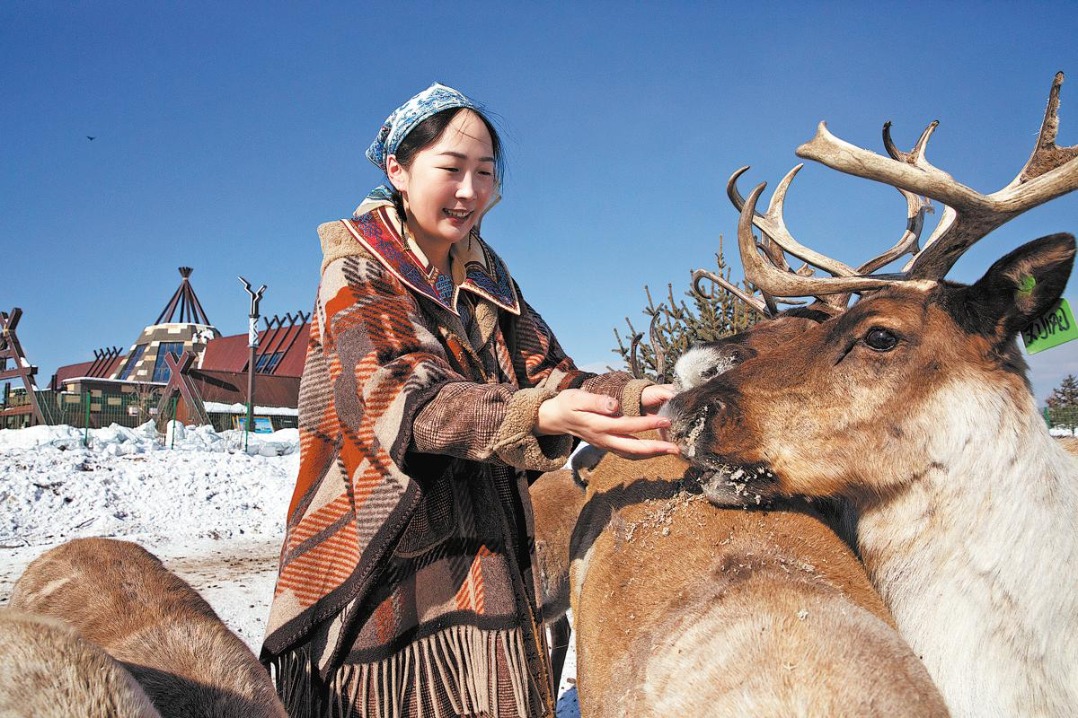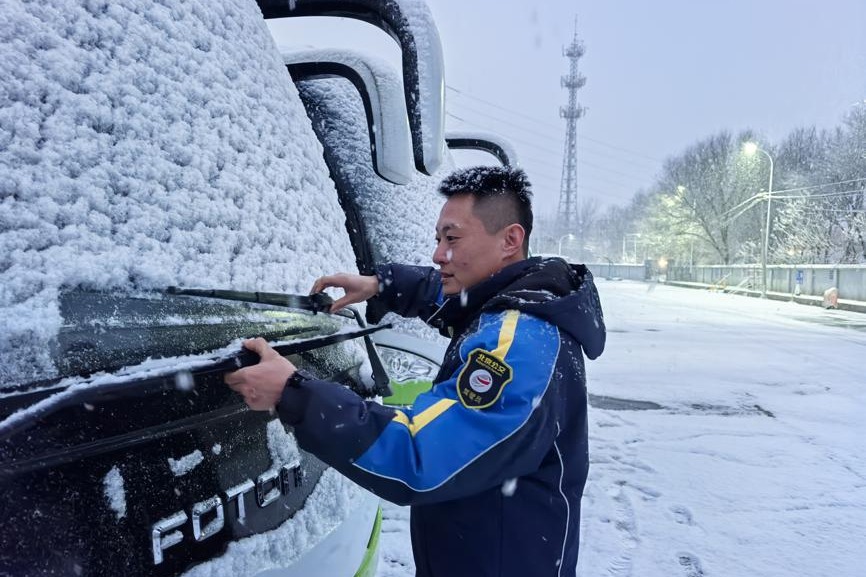Burma Road sacrifices recalled on 80th anniversary


According to records in Baoshan and Yingjiang counties, more than 700 local laborers died from malaria from January to April 1938.
Despite the immense human cost, the road was largely completed by the end of August that year, a project that required the removal of 11 million cubic meters of soil and 1.1 million cu m of stone. About 300 bridges and 2,000 culverts were built to extend the road across six mountain ranges and five large rivers.
After the Japanese took Hanoi, capital of Vietnam, in June 1940, the Japanese air force launched more than 400 sorties to bomb Gongguo Bridge on the Lancang River, and Huitong Bridge on the Nujiang River in a bid to sever China's vital lifeline.
The Flying Tigers - the First American Volunteer Group of the Chinese Air Force (1941-42) - flew more than 1,000 sorties from airports in Burma, Yunnan and Hunan provinces, and what is now the Guangxi Zhuang autonomous region to defend the bridges and the road, according to local government records. The Flying Tigers comprised pilots from the US recruited under presidential authority. They were commanded by military aviator Claire Chennault.
When bridges were damaged, the engineering corps and the laborers rushed to repair them to ensure that strategic materials could get through. Ji's research indicates that gasoline drums were used to build simple floating structures to ensure supplies could be moved while bridges were repaired.
Apart from three months from July 18 to Oct 18, 1940, when Britain closed the road after receiving threats from Japan, two years of Japanese bombing only stopped it being used for just 13 days, thanks to the efficient maintenance of the bridges.
Du Sichang, a famer in Dahabian village, Xiangyun county, who took part in building an airport for the Flying Tigers near the road, told local media he saw strafing and bombing by Japanese warplanes kill more than 100 civilians near the facility. But "the farmers volunteered to help rebuild and repair the airport to assist the Flying Tigers to shoot down Japanese planes".
"The stone rollers made the surface so hard, and more than 70 years on, the deserted airfield runways are still grassless," Du said.
Many of the rollers have been kept as cultural relics in a square in the county that houses a museum showcasing the history of the Burma Road and the airport. US Army steel helmets, kettles, ammunition boxes and other items found in the mountains by locals are on display.
In the early 1970s, new bridges were built near the Gongguo and Huitong structures. The Huitong Bridge is deserted and protected, and only some parts of the bridgeheads on the Gongguo one have been retained as cultural relics.
Yang Shunchang, a teacher in Wayao town, 20 kilometers from the old Gongguo Bridge, remembers the day in 1971 when he and his friends walked a long way to see the newly completed Yongbao Bridge, which lies only 700 meters from the old Gongguo structure.
"People were excited about the new bridge, which is strong and wide," Yang said. "But they appealed to the government to preserve parts of the old Gongguo Bridge as a collective memory for them."
Yang Shaobo, a villager from Dapingzi in Shidian county, which is near the old Huitong Bridge, told local media: "Some elderly villagers helped to deliver tools and building materials for the old Yunnan-Myanmar Road. We all regard the Huitong Bridge as a monument to that difficult time."
Li Lin, Yang's nephew, said she posted photos of the old Huitong Bridge on social media, and to her surprise, many people said they knew about the bridge's history and asked her how they could reach it.
"I then realized how important the old bridge is to our country," Li said.
Pu Siguang, a retired worker in Pudian, Yunnan, was one of the children who helped to break stones into grit at a construction site for the Burma Road when he was 12. He lived with his uncle and elder brother after being orphaned by war at 11.
- Arab League delegation visits China-Arab Research Center on Reform and Development for 10th anniversary
- Shanghai Jiao Tong University launches Center for Studies of Global South Sustainable Development
- Ex-CNNC general manager faces disciplinary probe
- China launches long march 12 rocket, deploys satellites for expanding space network
- Global gathering transforms Yixing village into youth hub
- China's prosecutors intensify crackdown on crime, charge 1.27 million in first 11 months of 2025





































